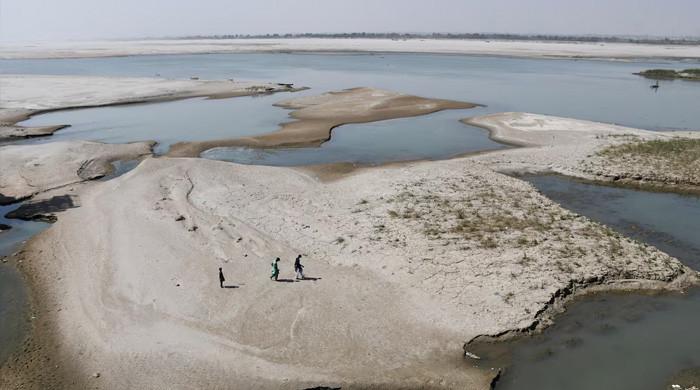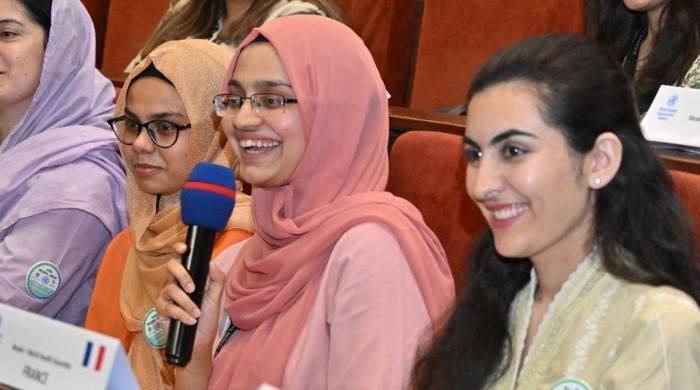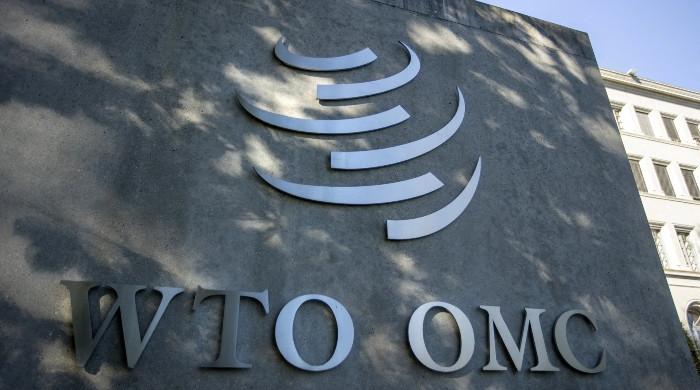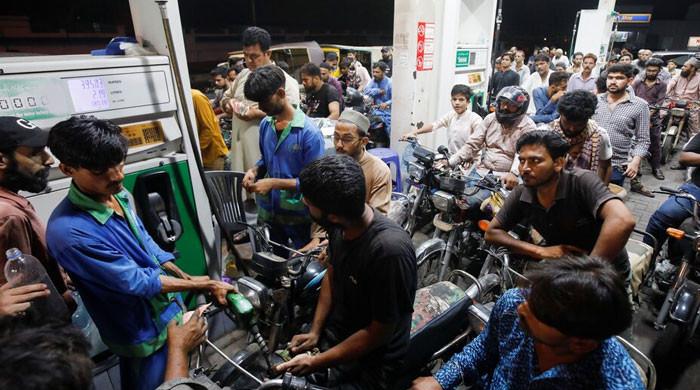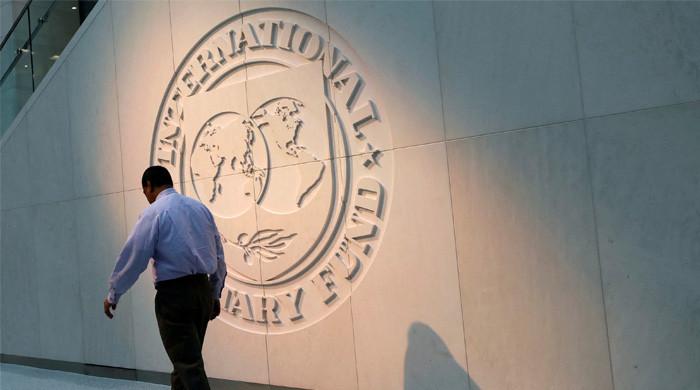Promoting local tourism: What's the plan?
Our tourist sites are in a state of decay and no amount of gloss is going to change the ground reality
November 17, 2021
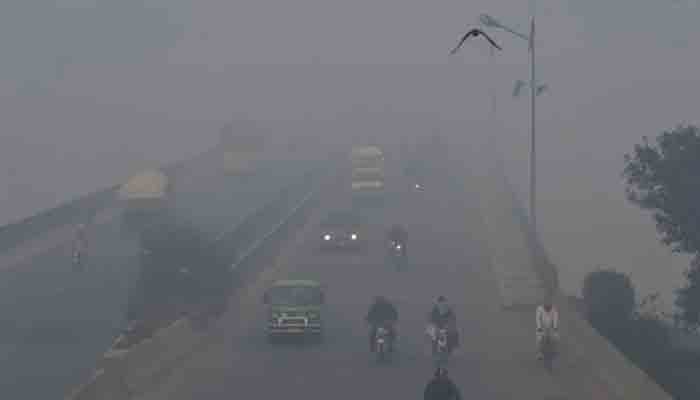
As COP26 comes to a close, Lahore is engulfed by a sick monster named Smog. The famous saying ‘jinnay Lahore nahin takeya, oh jameya nahin’ can officially be put to rest as those who grew up in this historical city cannot fathom a future here due to the alarming pollution. Who would want to visit such a city where its locals are unable to breathe? One wonders then how this government, that was so gung-ho about marketing the country as a hotspot for visitors, can peddle the tourism narrative when our environment is being destroyed.
We all know the rhetoric – Pakistan’s diversity lies in its culture and geography. From the Hindukush and the Himalayas down to the beaches of the Makran coast, every 50 to 60 kilometres there is a new region with its own cultural flavour. This is a country which is said to have a history spanning thousands of years and the evidence is there. From Mehrgarh which has been there since 7000 BC, to Mohenjodaro one of the oldest civilisations in the world, to the Gandhara civilisation spanning Buddhist and Hindu sites, to Islamic shrines and colonial structures – we have it all.
As per Aftab ur Rehman Rana, president of the Sustainable Tourism Foundation, there are nine ecological zones across Pakistan. Add to this the varying cultural elements including dress, cuisine, art, craft, music, literature and more plus the geographic diversity – and ‘tourism’ is too broad a term to use as a marketing tool. It ought to be broken down into categories to reflect the versatility of the country. Terms such as ‘adventure’, ‘eco’, ‘religious’, ‘recreation’ can give visitors a clearer picture of what is to be expected and what they are going to experience. However, all of this is possible if we address the much-ignored elephant in the room – the environment – that continues to act as an obstacle to the establishment of a much-dreamed about gloriously thriving tourism industry.
In 2017, the World Economic Forum ranked Pakistan 124 out of 136 on the Travel and Tourism Competitiveness Index as per the Travel and Tourism Competitiveness Report. On the same index in the same report, Pakistan ranked 133 out of 136 for environmental sustainability. This screams the need for the country to reassess ‘tourism’. It is clear as day that without sustainable development tourism cannot take root, no matter what spin in the form of fancy bloggers or otherwise is peddled.
Under the pandemic, national tourism was all the rage due to travel restrictions. This too is hugely problematic as tourist sites are poorly equipped to manage the droves of tourists driving up and down the country. Domestic tourism that is as healthy and economically stronger than international tourism is a leading cause of mass environmental damage. With a massive surge for the northern areas in particular, as a means of escaping the rising temperatures during our scathing summer, there has been widespread growth of infrastructure in the form of roads, hotels, guesthouses, hostels and private residences.
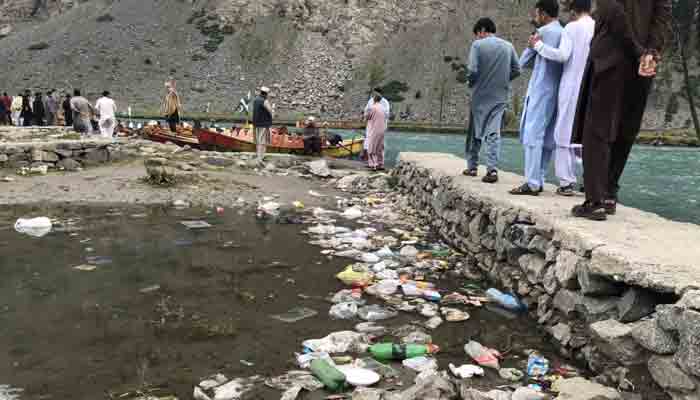
The demand from domestic tourism has wreaked havoc as unplanned concrete structures replace forests with trees being razed, hills shaved for mushroom growth of ill-planned development. In turn, this sets in motion a devastating cycle where not only is the natural landscape completely destroyed but the local natural resources including water, biodiversity, fauna, wildlife and tree species are completely destroyed as well.
Just one look at Murree, the ‘Queen of Hills’, is enough to see the impact of this unsustainable tourism. The ‘Switzerland of the East’ – Swat – suffers the same; its rivers, once crystal clear, are now empty of local fish and are made up of crisp packets and plastic water bottles. The K2 base camp has not even escaped the scourge of human devastation as it is littered with rubbish.
Beyond this, culture suffers another level of destruction. For tangible culture such as heritage sites, their visitors seem to seek the same immortality as ancient structures as they scrawl their names on walls using paint or carve them with knives. Communities such as the Kalash or regions such as the Seraiki Belt which is home to Sufi shrines are all victims of the negative impact of tourism including violation of privacy, intolerance of religious beliefs, hostility towards women whether they be locals or visitors, and lack of appreciation of local cuisine and art. All of this means that the socio-economic benefit lies in the hands of the developers, and those residing in tourist sites gain nothing but piles of trash from tourism.
Exactly what is a tourist to experience in such a situation? Our tourist sites are in a state of decay and no amount of gloss is going to change the ground reality.
So, what can be done? If the government is serious about tourism it needs to set in place a plan, a model of sustainable tourism which ensures local communities are part of the socio-economic benefits. Instead of developing concrete jungles, there needs to be wider accessibility to digital connectivity so local artisans can earn through direct selling and their craft is utilised as a PR mouthpiece instead of using fancy bloggers.
Better regulation of construction and greater investment in HR can ensure that tourists are managed in a more organised manner – and they get their money’s worth. By breaking down tourism into categories, ecotourism can be a fantastic way of focusing on the maintenance of natural biodiversity and educating locals about the need to conserve our environment. Better utilisation of resources is desperately needed given how water is fast becoming a precious resource and parts of the country are regularly facing water shortages.
Until all of these are addressed, Pakistan will continue to lag behind in tourism. It is clear that without sustainable development, there can be no tourism. How long can our spaces continue to offer what is fast becoming an empty promise? Sustainable tourism holds massive potential for the country but only if we act now.
The writer is an author and publisher. She tweets at @mfhusayn




